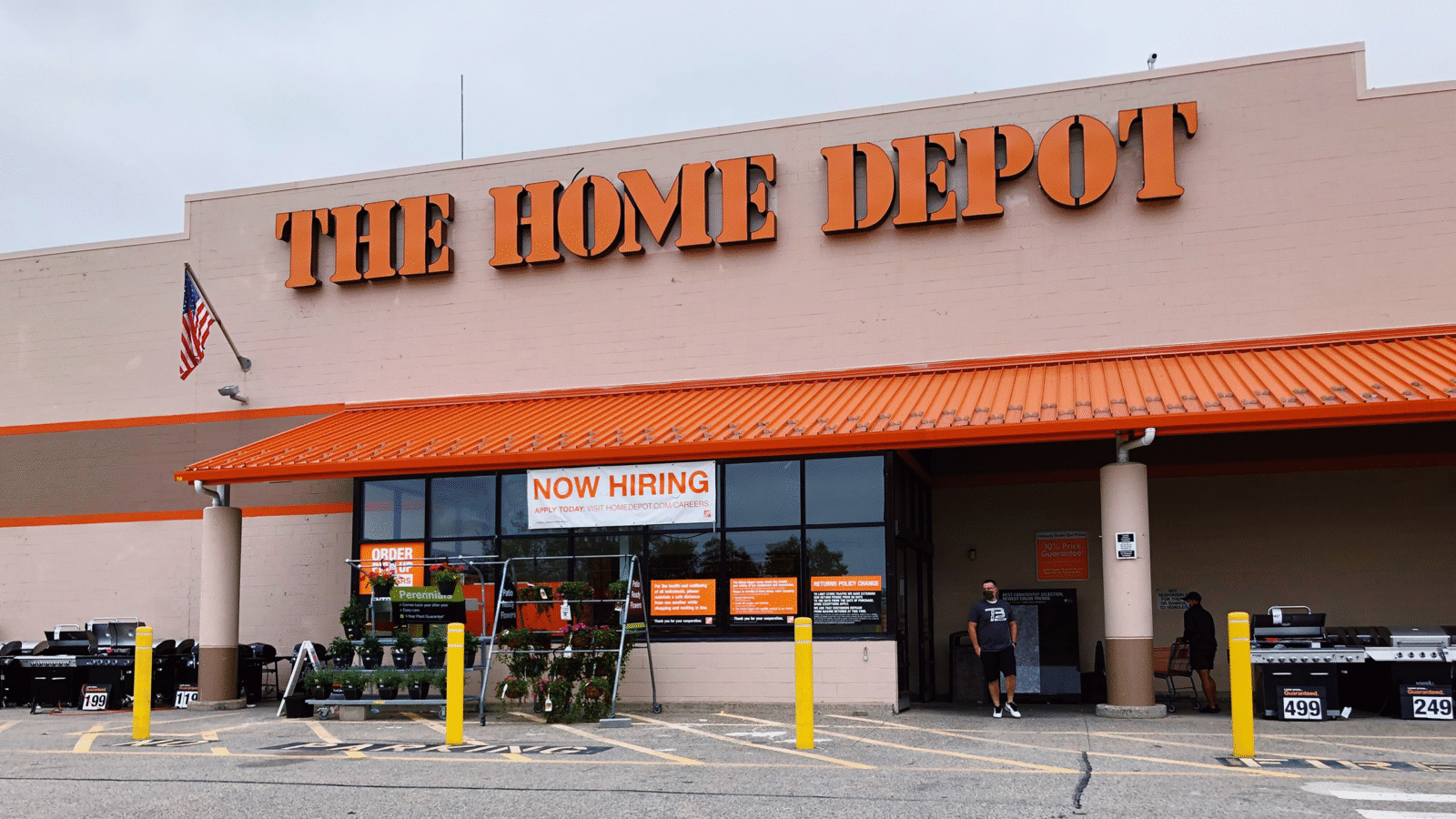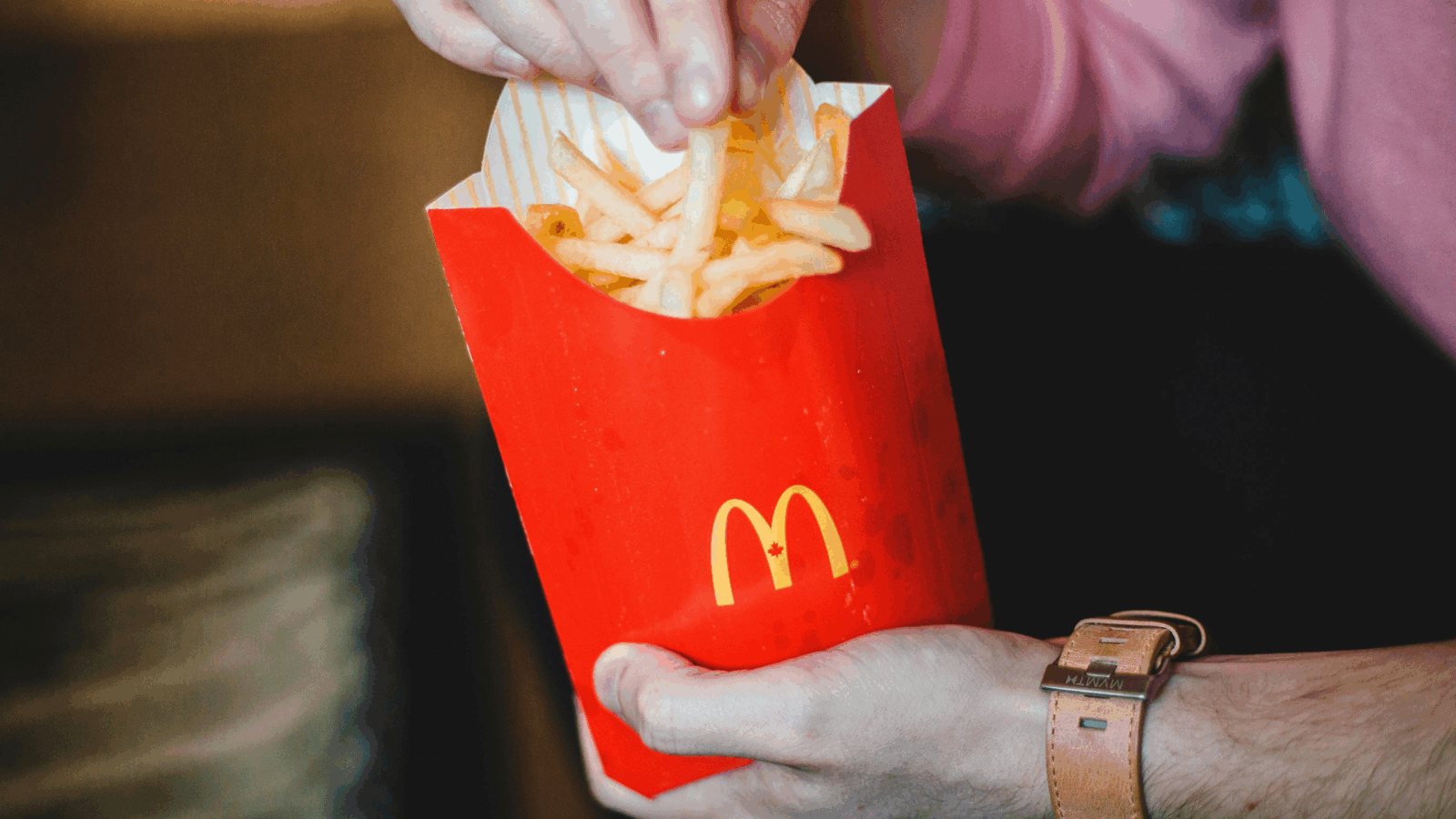Walmart Wants to Cut Out Credit Card Networks
Walmart will soon roll out an option that would allow consumers to pay for online orders directly via instant bank account transfers.
Sign up for smart news, insights, and analysis on the biggest financial stories of the day.
If retailers and payments companies are increasingly wading into a Cold War, Walmart may have just turned up the heat.
On Thursday, the retail supergiant announced it will soon roll out an option for consumers to pay for online orders directly via instant bank account transfers — a move that would sidestep credit card payments networks and their pesky processing fees. Translation: shots fired.
Discredited
Walmart has been flirting with pay-by-bank for a while now, quietly launching the feature within its in-app Walmart Pay function earlier this year. But that service was based on the somewhat antiquated Automated Clearing House infrastructure, which meant payments could take around three days to process — similar to writing and cashing a digital check. That made it a bit of a lose-lose: Walmart had to wait to actually get the money, while consumers walking a low-balance tightrope could get smacked by overdraft fees if the transactions completed at a bad time. Actually, make that lose-lose-lose: The credit card networks would lose out on fees, too. Though for Walmart, of course, that’s the point. Consumers, who sometimes bear the brunt of the up-to-2% processing fees, score a small win, too.
For the new system, to be launched next year, Walmart is teaming with Fiserv to implement a more efficient network for cutting out the credit card middlemen:
- The pay-by-bank feature will use Fiserv’s NOW Gateway, an infrastructure built on both The Clearing House’s Real Time Payments network and the Federal Reserve’s FedNow. The system will allow funds to instantly transfer from the consumer to Walmart.
- “As an industry we believe we need to create this connectivity,” Fiserv head of digital payments Matt Wilcox told Bloomberg. “FedNow and RTP, they don’t necessarily talk to one another. The NOW Network can play that role in the industry of bringing all these networks together to enable applications like pay-by-bank.”
It’s Settled: Merchants scored a major victory over credit card networks earlier this year when Mastercard and Visa — which, combined, hold a roughly 84% credit card market share in the US — agreed to lower swipe fees by 0.04% and maintain those levels through 2030 as part of a settlement in a class-action lawsuit. That sounds like small potatoes, but it could save merchants and consumers some $30 billion in swipe fees over the next five years. Meanwhile, adoption of pay-by-bank options is slowly picking up. In a 2023 report, PYMNTS.com found 33% of US retailers plan to add real-time pay-by-bank optionality in the next three years. Until then, enjoy your credit card points.












